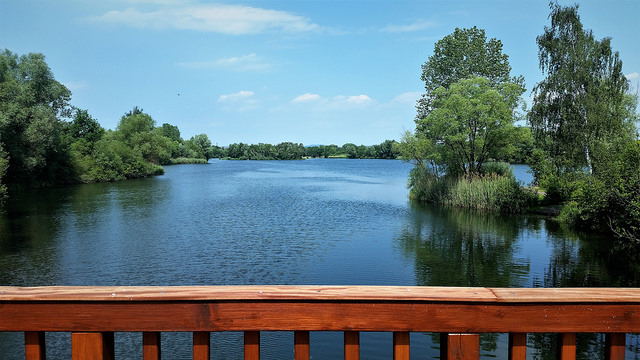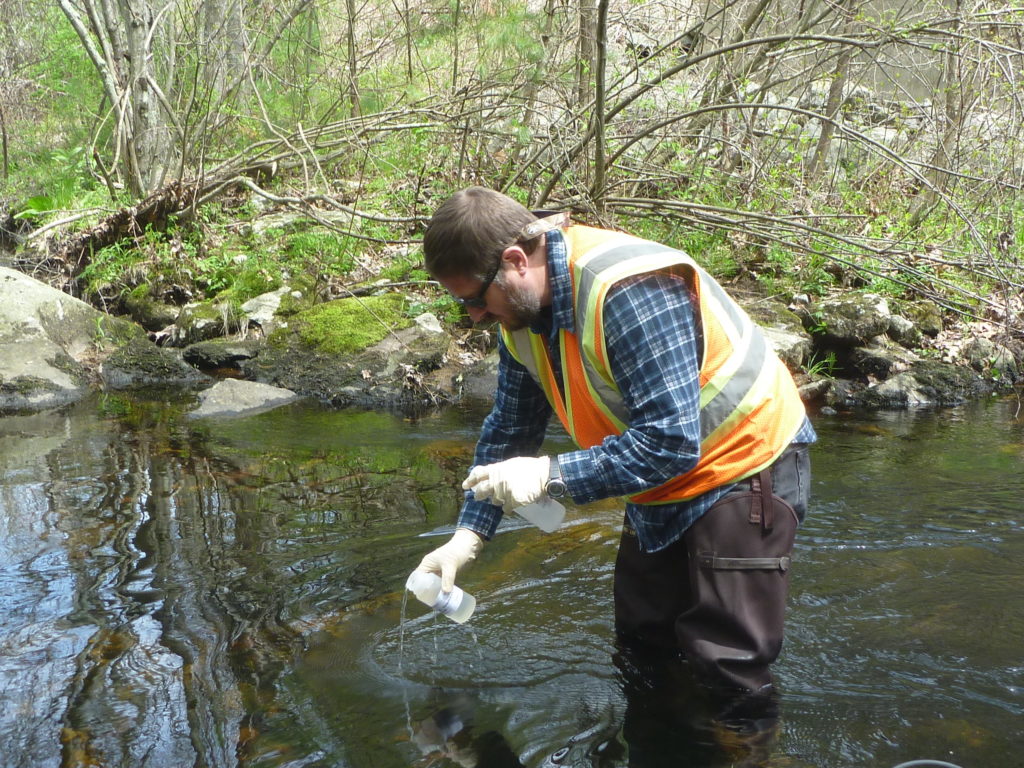Designated Uses and Criteria
States classify water bodies based on how the river, lake, or stream is primarily used. A popular swimming lake may have different water quality needs than a river that feeds a public drinking water supply or an important stream for sensitive fish species. These designated uses can include drinking water, recreation, and habitat for aquatic life.

States then set water quality criteria, which describe the conditions a water body must meet to support its designated use. Guided by the EPA, states have developed criteria for a wide variety of pollutants and problems, including bacteria and nutrients.
The EPA reviews all state water quality standards every three years, and all standards are available online in the Water Quality Docket. As our understanding of water chemistry and toxicity grows, the states and EPA each compile and analyze scientific studies to determine when it’s necessary to update criteria.
To protect healthy rivers, lakes, and streams, states set anti-degradation policies to maintain good water quality and ensure that water bodies continue to support their designated uses.
Together, the designated uses, water quality criteria, and anti-degradation policies make up a state’s water quality standards.
Appropriate water quality standards are a core component of the Clean Water Act (CWA). They underpin many other CWA programs, including water quality monitoring, total maximum daily loads (TMDLs), National Pollutant Discharge Elimination System (NPDES) permits, nonpoint source programs, oceans and wetland programs, and source water protection.
Water Quality Monitoring

Water quality monitoring helps states track how well their water quality standards protect designated uses in all of their waters.
States test for pollutants, temperature, oxygen levels, and many other factors to understand the types and sources of pollution in a watershed, track progress towards water quality goals, and to document the health of their watersheds.
Every two years, all states must submit a comprehensive report on the status and quality of all of their water bodies. These Integrated Reports help the EPA track state progress towards the goals of the Clean Water Act.
Water Quality Standards Workgroup

NEIWPCC’s Water Quality Standards Workgroup, made up of our state and federal partners, meets regularly. Though each state has their own system of standards and classifications, workgroup members collaborate on interstate water quality issues, address emerging concerns, and learn from each other’s successes and challenges.
Workgroup projects are driven by current water quality standards issues and members’ needs, and evolve over time. Some of our projects have included:
- Developing a northeast-specific Water Quality Standards Training to bring together state staff from around the region to learn and share information about state standards.
- Compiling interstate matrices summarizing our member states’ water quality standards and waterbody designated uses and classifications.
- Tracking and discussing any developments and changes to EPA guidances, states’ water quality standards, and related litigation.
- Providing a unified regional response to new, proposed, and revised EPA regulations and rules, including through comment letters on EPA regulatory processes, clarifying water quality standards regulation, and updating bacteria criteria for protection of human health in recreational waters.
Resources
- U.S. EPA Water Quality Standards Program
- U.S. EPA Water Quality Criteria for Pathogens
- U.S. EPA Water Quality Criteria for Nutrients
- Connecticut Water Quality Standards and Classification
- Maine Water Quality Standards
- Massachusetts Water Quality Standards
- New Hampshire Water Quality Standards
- New York State Water Quality Standards and Classification
- Rhode Island Water Quality Regulations
- Vermont Water Quality Standards
- Northeast Water Quality Standards Training
